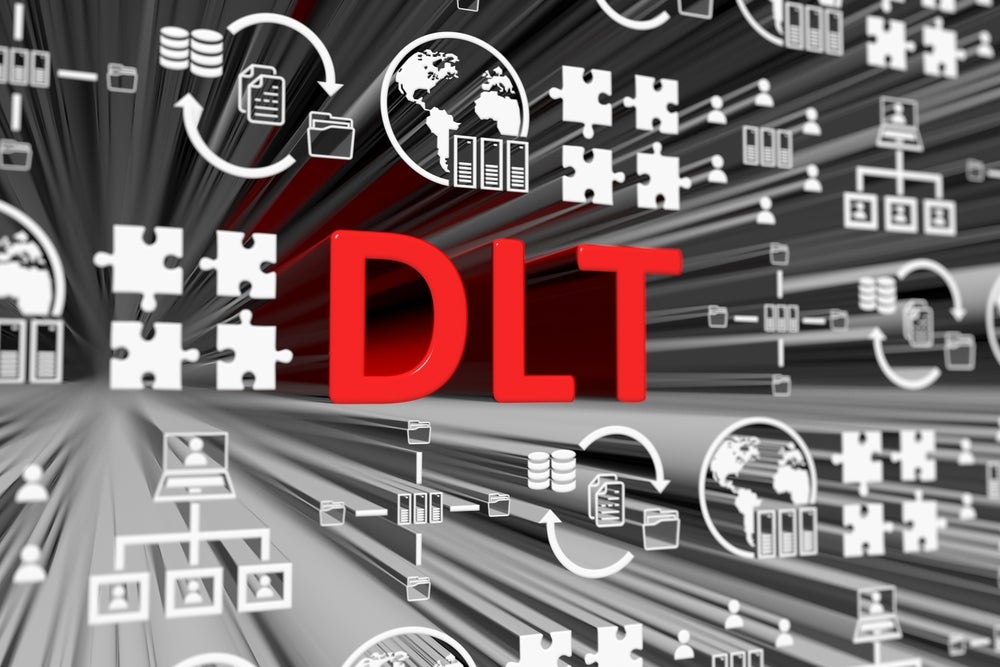With digital assets poised to become a significant part of the global financial system, the technology behind them, distributed ledger technology, offers a transparent, highly efficient, and secure way to modernise our current systems. Until now, institutional adoption has been hampered by regulatory uncertainty. That’s changing.
The European Union is emerging as a global frontrunner in the regulatory race and has developed various frameworks that will pave the way for both the financial sector and everyday investors to safely use digital assets.
Putting consumer safety first: MiCA and TFR
The Markets in Crypto-Assets Regulation, a landmark piece of legislation, comes into effect in December 2024. Promising a harmonised regulatory environment across all member states, it covers crypto-assets, issuers, and service providers.
The Transfer of Fund Regulation complements MiCA, ensuring that the transfer of funds and digital assets carries information about originators and beneficiaries, strengthening the combat of money laundering and terrorist financing.
Designed to bolster anti-money laundering practices and enhance consumer protections, the proposals require crypto-asset service providers to protect consumers’ wallets, secure the infrastructure of digital assets and be liable if they lose investors’ funds.
The regulation applies AML and market abuse regulations to crypto-assets, requiring the European Banking Authority to maintain a public register of non-compliant providers.
Importantly, MiCA takes a strong position on stablecoins to protect consumers and maintain the integrity of central banks. It requires that every stablecoin issuer has a 1:1 liquid backing, partially in the form of deposits and stablecoin holders can access funds at any time, free of charge by the issuer.
The EBA also sets out rules for large stablecoins with more than 10 million users or a reserve of assets worth more than €5bn ($5.39bn. These will need to be issued from the EU and supervised by the EBA. Issuers would be subject to strict operational and prudential rules.
By establishing clear and consistent rules, these regulations significantly reduce the likelihood of crises like Terra Luna or the scale of fraud exposed by the collapse of FTX.
And the impact on the business environment is already apparent. A recent survey by Citi found that, in Europe, regulatory clarity and a range of national regulations “led to over 17% of respondents being live with offering cryptocurrencies at a commercial scale”.
Encouraging institutional adoption: the DLT pilot regime
On the institutional side, the DLT Pilot Regime came into effect in March 2023. This allows regulated financial institutions to experiment with the trading and settlement of digital assets in a controlled legal environment with only temporary waivers.
Specifically, the regime provides 20 different exemptions to regulatory requirements under MiFID II, MiFIR and CSDR. These exemptions create a unique testing environment for DLT-based market infrastructure, similar to the UK’s Digital Securities Sandbox.
The goal of the pilot is to better understand how tokenisation can open opportunities for efficiency improvements in trading and post-trading processes. Once the pilot period ends in 2026, the European Commission will report on how well the regime worked in practice. If successful, it could be made permanent by amending relevant EU financial services legislation to establish a single coherent framework.
The pilot lays the foundation for market participants to realise the benefits of tokenisation in a safe, regulated environment. By working collaboratively in a pilot environment with participants and counterparties, firms can better achieve timely and effective project implementation.
With emerging technology, we believe it’s always best to start small, test and iterate and then go bigger – and this is exactly what the pilot enables participants to achieve.
Ensuring operational resilience
In parallel to MiCA, principles for crypto cybersecurity were introduced via the Digital Operational Resilience Act in January 2023 and will come into effect in January 2025.
With digital finance systems exposed to an increasing range of cybersecurity risks, this regulation sets out how all parties in the system should act to protect their IT systems and create resilience to new threats.
Under DORA, all crypto-asset service providers and asset-referenced token issuers are required to establish an end-to-end ICT risk management framework and provide mandatory cybersecurity training for their staff.
Although complying with DORA might be more challenging for smaller firms who aren’t bolstered by massive balance sheets, it is another opportunity to build trust and resilience in the digital finance ecosystem. This is especially important in light of the Crowdstirke outage which wreaked havoc around the world last year and highlighted the ripple effect that downtime can have across the entire financial system.
What’s next for the EU?
The future of financial services is digital, and ultimately, proportionate regulation can be a force for good. It can put in place the infrastructure to complement our existing systems and encourage the growth of digital assets whilst protecting consumers and markets, alike.
The frameworks that we see in the EU are a sign of the industry’s maturity and put the EU firmly in pole position when it comes to shaping the future of the regulatory landscape. As the number of digital finance initiatives grow, we can expect more jurisdictions to soon follow suit.
Gilbert Verdian is founder and CEO at Quant






